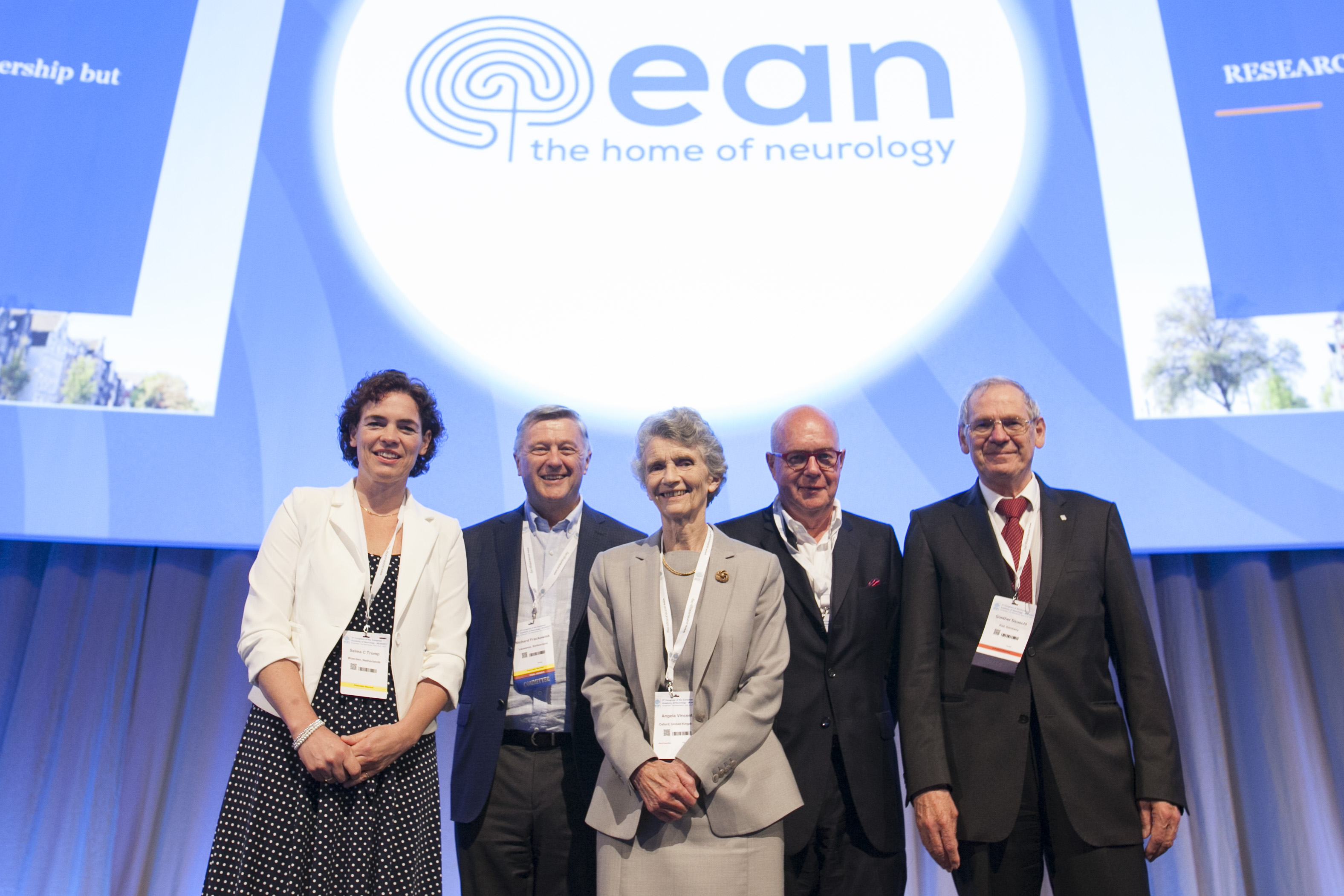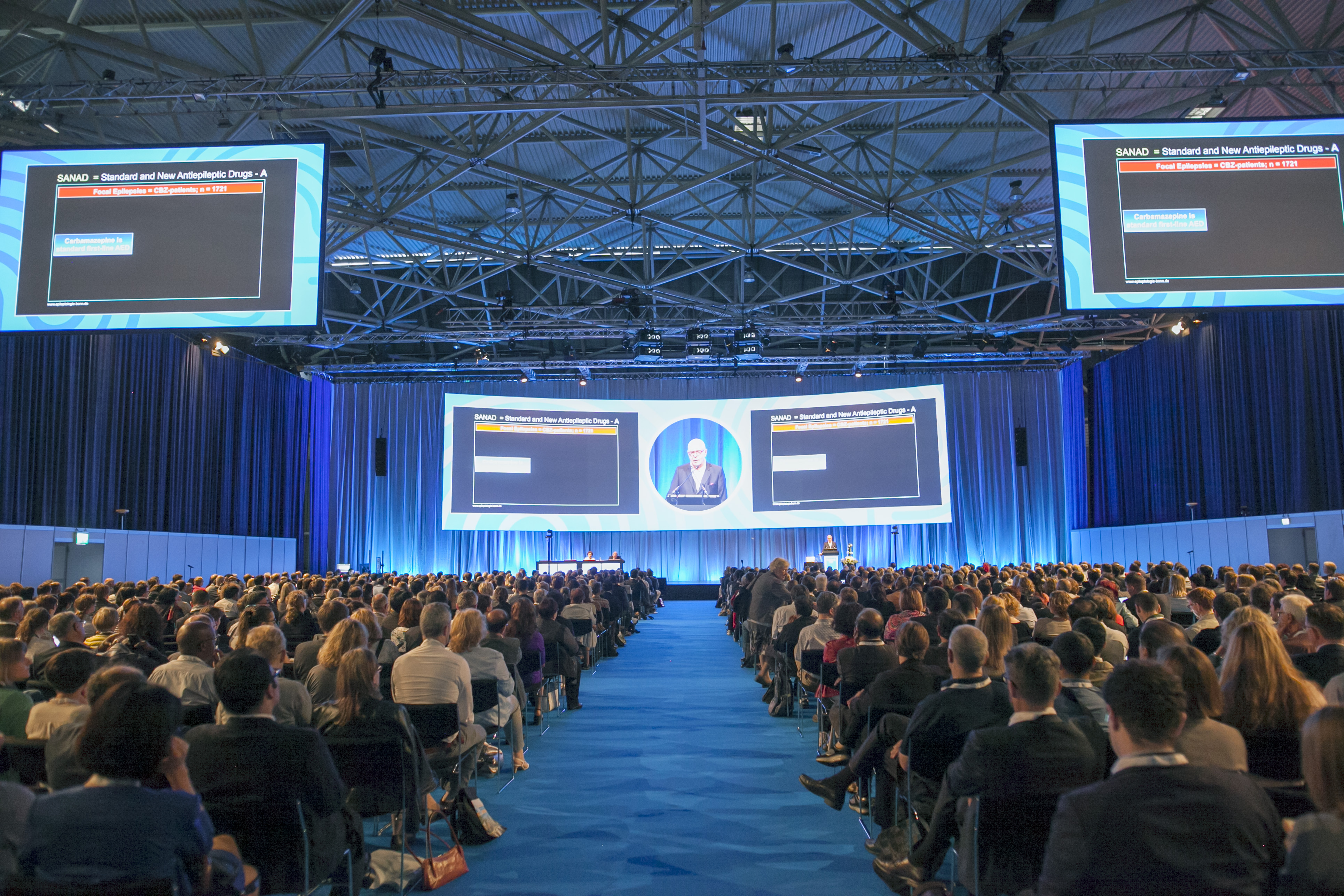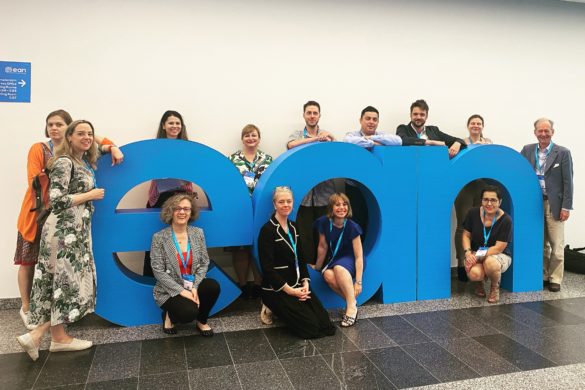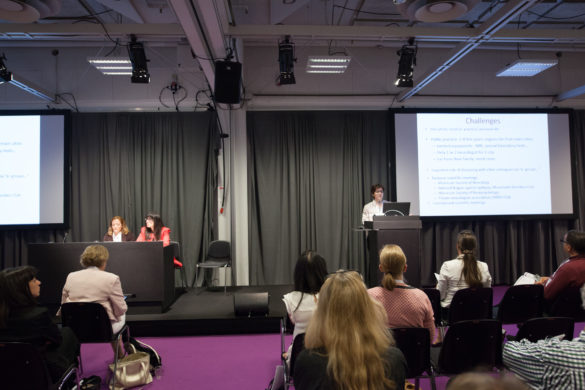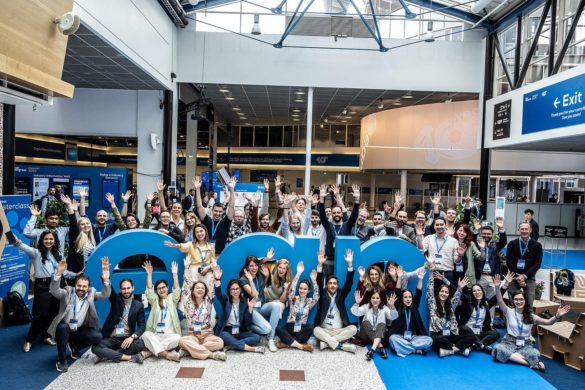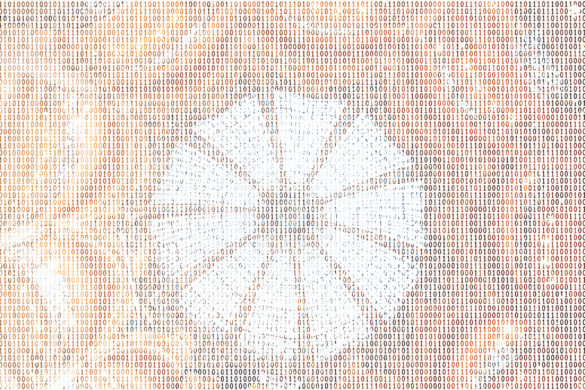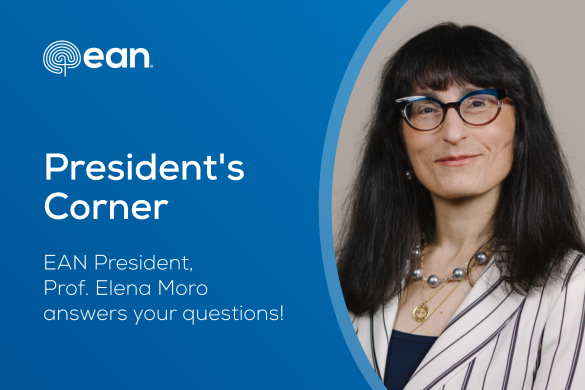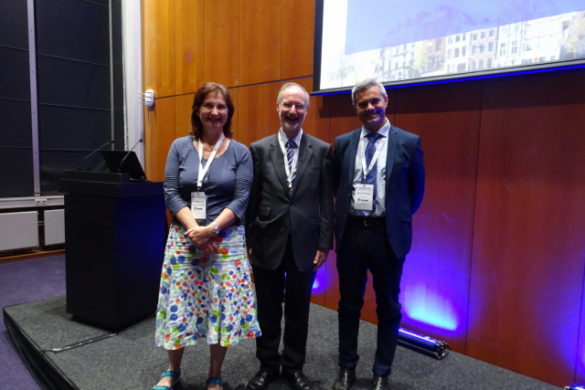Plenary Symposium 2: Presidential Symposium
Chairperson
Günther Deuschl, Kiel, Germany
Selma C Tromp, Nieuwegein, The Netherlands
Moritz Romberg Lecture – Epilepsy: Where do we stand? Where are we headed?
Christian E. Elger, Bonn, Germany
Camillo Golgi Lecture – Autoantibodies and the Nervous System: Breadth, Depth and Challenges
Angela C. Vincent, Oxford, United Kingdom
Charles-Edouard Brown-Sequard lecture – Why Neurologists Should Be Interested in the Human Brain Project: A Change of Clinical Paradigm
Richard Frackowiak, Paris, France
The president of the EAN Prof Günther Deuschl and the president of the Netherland’s society of neurology, Dr Selma Tromp, presented the named lectures of this year’s EAN congress honoring three outstanding founders of European Neurology:
Moritz Romberg Lecture – Epilepsy: Where do we stand? Where are we headed?
Christian E. Elger, Bonn, Germany
Prof Christian Elger, originally trained in physiology and later additionally in neurology. During his career, he contributed significantly to the understanding of basic mechanisms, diagnostic methods and treatment evaluation of epilepsy. In his lecture, he gave a critical review of the challenges in field of epilepsy. Starting from the area of conflict with seizures/epilepsy being caused by a variety of underlying pathology and processes, he referred to the partly inconsistent data on efficacy of first line treatment, placebo effect, seizure diaries, and definition of drug resistance. With all the treatment options, epilepsy surgery is still the only curative treatment approach available. Identifying more precise underlying mechanisms might offer better identification of treatment effect. In the future, research will focus on finding anti-epileptogenic effects and mTOR inhibitors might have such properties. He concluded that there is still a long road ahead and we will not see much progress until we have found solutions for some basic problems which are currently ignored.
Camillo Golgi Lecture – Autoantibodies and the Nervous System: Breadth, Depth and Challenges
Angela C. Vincent, Oxford, United Kingdom
Prof Angela Vincent took us on a fascinating journey of the discovery of autoimmune mediated neurological diseases reflecting her impressive scientific career. Starting with myasthenia gravis as the first condition where such mechanism was proven, she reviewed the mechanisms of antibody related conditions from blocking of the function of receptors, internalization of the receptor – antibody complex, to bridging pre- and post-synaptic membranes as shown with LGI1-Abs. With her career, her interest was attracted by conditions with CNS involvement, in the first instance in patients with neuromyotonia and Morvan syndrome. By now, several different antibodies have been identified including the voltage-gated potassium channel (VGKC) antibody complex including LGI1 and CASPR2, NMDAR-abs, and GlyR-abs. Facio-brachial seizures are the most striking clinical example of related usually to LGI1-abs. Furture studies will also focus on maternal antibodies with might predispose the off spring for neurodevelopmental disorders. In conclusion, immune mediated encephalitis presents with a variety of symptoms, might be paraneoplastic in some cases but certainly responds to immunotherapies.
Charles-Edouard Brown-Sequard lecture – Why Neurologists Should Be Interested in the Human Brain Project: A Change of Clinical Paradigm
Richard Frackowiak, Paris, France
Prof Richard Frankowiak has significantly contributed to development in the field of functional neuroimaging. Being particularly honored by giving the lecture on the 200 years after Brown Sequard’s birth, he outlined a new approach on the development of the clinical observation. During his career, he realized that there is more in brain imaging then just looking at the images, and indeed a new field of neuroscience emerged. This lead from the first CT (EMI) scan in 1971, over MRI and PET imaging to quantitative multi-parameter mapping based on biophysical models. Realizing that besides excellent clinical diagnoses the final pathological mechanism might not be reliably identified, there is an opportunity to approach new avenues. But besides enormous discoveries in neuroscience, leading to many Nobel prices in this field, the clinical vagueness remains and with it the difficulties in treatment decision. Collecting big data and applying simulation models instead of the so far rather Cartesian models will open a chance on a new type of clinical observation which generates biological signatures of diseases. He concluded that the role of ‘disruptive science’ will be based on a “no database” federated data analysis infrastructure, breaking conservative medical IT culture and introducing of a “disease signatures” concept.
By Tim von Oertzen
